Ecommerce businesses go the extra mile to stand out and ensure customer satisfaction with personalized recommendations, convenient delivery options, and loyalty programs to add additional value to their customer experience. Wondering how you can add value-added services to your customer journey? Let’s closely examine exactly what these services are and how you can incorporate them into your post-sales processes.
What are Value-Added Services?
Value-added services are additional offerings or features provided by businesses that go above and beyond the main product or service offered. They can either add convenience, address specific customer needs or strengthen brand and customer relationships.
Customers are spoiled for choice when they shop online. So, incorporating value-added services play a huge role in helping your business stand out from the competition.
A value-added service is usually on offer that enhances the overall shopping experience, like:
- Personalized recommendations
- Convenient delivery options
- Easy returns
- Exceptional customer support
- Samples, gifts, and discounts
With value-added services, you can go the extra mile to provide exceptional customer experiences that leave a lasting impression and exceed customer expectations — plus, they can help to develop brand loyalty, enhance word-of-mouth marketing, and improve customer retention.
5 Value-added Service Examples
Many ecommerce businesses offer value-added services, ranging from personal touches to making their services better value for money or way more convenient. Let’s look at some brands nailing value-added services for their customers.
Barkbox
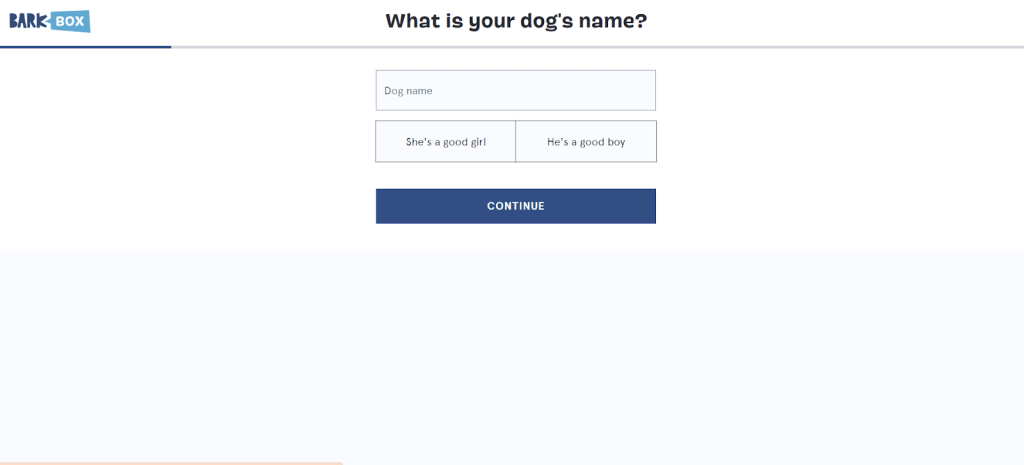
Barkbox offers short and long-term pet care subscriptions, incentivizing long-term options with savings. They also offer the opportunity to totally customize and personalize their plans by asking for information about your pet. In addition, they have a 100% happy guarantee to drive trust and confidence and send handwritten sympathy cards to customers who cancel their subscription to the service because their pet has passed.
Zappos
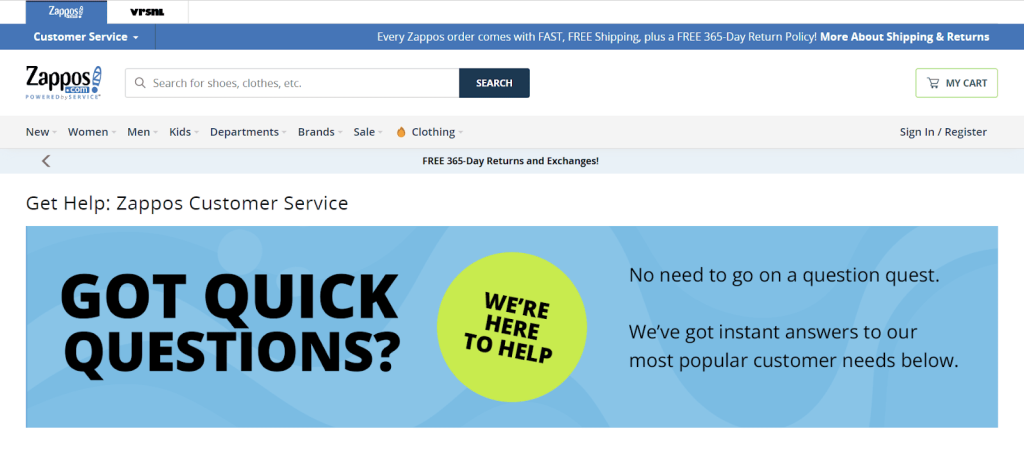
Zappos, an online shoe and clothing retailer, is known for its exceptional customer service. They offer free shipping on all orders, a generous 365-day return policy, and a 24/7 customer support hotline. These value-added services go beyond the basic transaction and create a seamless and hassle-free shopping experience for customers.
Warby Parker
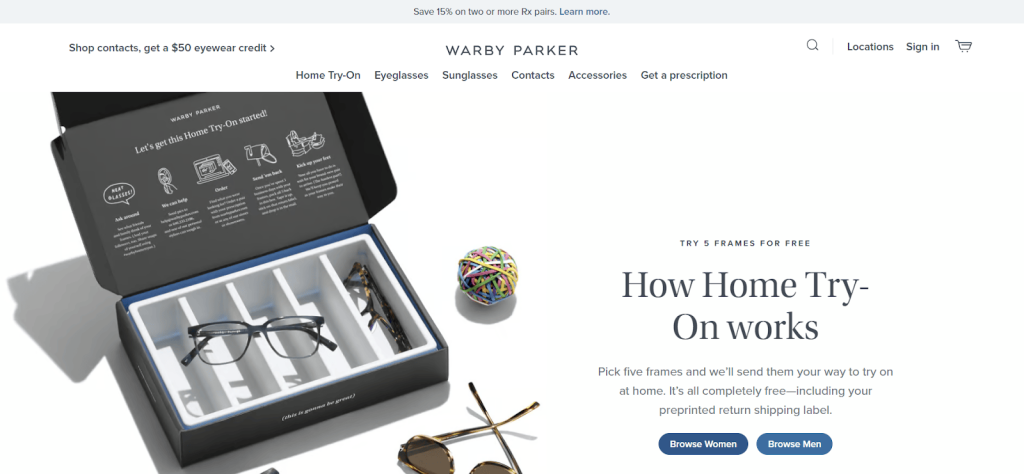
Warby Parker, an online eyewear retailer, offers a unique value-added service called “Home Try-On.” Customers can select up to five frames to be shipped to their homes for free, allowing them to try them on before making a purchase decision. This service eliminates the uncertainty of buying glasses online and enhances the convenience and confidence of the shopping experience.
Stitch Fix
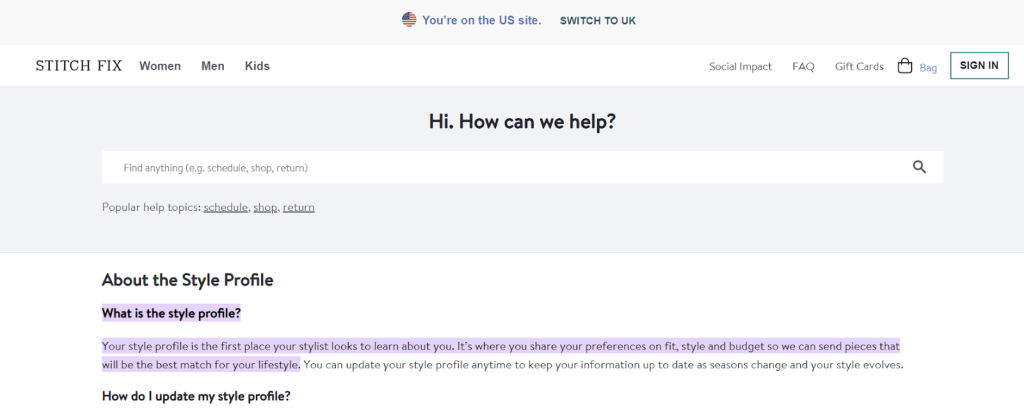
Stitch Fix is a personalized styling service that delivers curated clothing items to customers based on their style preferences. Customers fill out a detailed style profile, and professional stylists handpick items that are shipped directly to their doorstep. This value-added service saves customers time and effort by providing a personalized and convenient shopping experience.
Glossier
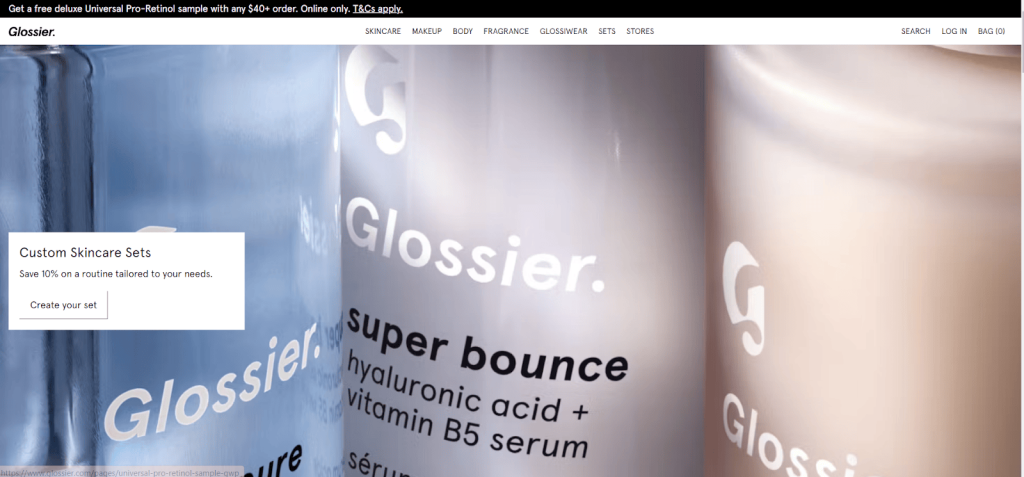
Glossier is a beauty and skincare brand that focuses on enhancing natural beauty. They offer samples with purchases over a certain amount and the opportunity to create customized skincare sets with a discount. In addition, they add value through their content and by offering incentives for customers to get free products and discounts using their personalized codes, thus generating sales for the brand.
How to implement value-added services in your business
Looking to add value-added services to your business? Here are some ideas to implement right away.
Personalized recommendations
Personalized recommendations are a value-added service that helps customers discover products or services tailored to their needs. By leveraging data analysis and algorithms, businesses can offer personalized suggestions to enhance the shopping experience and increase customer satisfaction. These recommendations can be based on previous purchases, browsing history, demographic information, or other relevant factors.
Here’s how to implement personalized recommendations into your business:
- Collect customer data: Gather relevant data points such as purchase history, browsing behavior, wishlist items, and demographic information. This data will give you the basic info to start making recommendations. You can even use algorithms from third-party sources to make recommendations based on this.
- Display recommendations strategically: Present personalized recommendations throughout your online store. This can include sections like “Recommended for You,” “Customers Who Bought This Also Bought” or personalized email newsletters. Ensure that the recommendations are displayed and integrated seamlessly into the shopping experience — ideally, you want them to feel natural.
- Continuously optimize and refine: Regularly evaluate the effectiveness of your personalized recommendations by monitoring customer engagement and conversion rates. Fine-tune the algorithms and strategies based on user feedback and behavior patterns to provide increasingly accurate and relevant suggestions.
Convenient delivery options
Convenient delivery is the availability of flexible and hassle-free delivery choices for customers. This includes various delivery methods, time slots, and locations that cater to different customer preferences and schedules. By offering convenient delivery options, businesses can enhance customer convenience, reduce friction in the purchasing process, and increase customer loyalty.
Implementing convenient delivery options in your store can be done through the following steps:
- Assess customer needs: Understand your target audience and their preferences regarding delivery. Consider factors such as speed, cost, flexibility, and location when determining the types of delivery options to offer.
- Offer multiple delivery methods: Provide customers with a range of delivery methods such as standard shipping, express delivery, click and collect, same-day delivery, or third-party delivery partnerships. This allows customers to choose the option that best suits their needs and urgency.
- Enable tracking and notifications: Implement a tracking system that allows customers to monitor the progress of their deliveries in real-time and book time slots. Send proactive notifications regarding shipping updates, estimated delivery times, and potential delays.
- Optimize logistics and partnerships: Ensure efficient logistics operations and establish partnerships with reliable shipping providers or courier services to fulfill the delivery options offered. Streamline internal processes to meet customer expectations and minimize delivery lead times.
Easy returns
Easy returns is a simplified returns process for products or services. Companies can build trust, improve customer satisfaction, and encourage repeat purchases by providing hassle-free returns. This value-added service involves clear return policies, user-friendly return procedures, and responsive customer support.
To implement easy returns in your store, consider the following steps:
- Develop a clear return policy: Create a concise and transparent return policy that outlines the conditions, timeframes, and procedures for returns. Communicate this policy clearly on your website, packaging, or other customer touchpoints. Make sure your teams are clear on the process too.
- Streamline the return process: Simplify the return process by providing pre-printed return labels, return packaging materials, and clear instructions. You could even automate returns and tracking.
- Prompt refunds or exchanges: Process refunds or exchanges promptly upon receiving returned items. Communicate clearly with customers regarding their returns’ progress and the expected resolution timelines.
Exceptional customer support
Customer service is the foundation of a successful business. It might be answering customer inquiries, resolving issues quickly, and going above and beyond to create a positive customer experience. Exceptional customer support helps build customer loyalty, improves brand reputation, and fosters long-term relationships.
Implementing exceptional customer support in your store can be done through the following steps:
- Train and empower support staff: Invest in comprehensive training for your customer support team to equip them with product knowledge, effective communication skills, and problem-solving abilities. Empower them to make decisions and resolve customer issues autonomously.
- Offer multi-channel support: Provide support through various channels such as phone, email, live chat, or social media platforms. Ensure that these channels are monitored promptly and that customer inquiries receive timely and helpful responses.
- Personalize interactions: Strive to personalize customer interactions by addressing customers by their names and acknowledging previous interactions or purchases. This personal touch helps build rapport and demonstrates a commitment to individualized service.
- Prioritize resolution: Aim to resolve customer inquiries or issues as quickly as possible. Implement efficient internal processes to ensure swift responses and resolutions. Keep customers informed about the progress and expected timelines for issue resolution.
Samples, gifts, and discounts
Samples, gifts, and discounts are value-added services that provide customers with complimentary items, surprises, or special offers to enhance their shopping experience. These initiatives aim to delight customers, foster loyalty, and encourage repeat purchases. Samples allow customers to try out new products, gifts provide unexpected perks, and discounts incentivize further purchases.
To implement samples, gifts, and discounts in your store, try the following steps:
- Define target segments: Identify customer segments or occasions where samples, gifts, or discounts would be most impactful. This can include first-time customers, loyal customers, high-value purchases, or special events.
- Select relevant items: Choose samples, gifts, or discounts that align with your product offerings and resonate with your target audience. Consider items that complement the customer’s purchase, introduce new products, or provide a delightful surprise.
- Communicate the value-added service: Clearly communicate the availability of samples, gifts, or discounts through your marketing channels, website, or during the checkout process. Set expectations regarding eligibility, limitations, and any specific conditions.
- Automate and personalize: Add samples, gifts, or discounts in the purchase process whenever possible. Personalize these offerings based on customer preferences, purchase history, or special occasions.
- Measure impact and adjust: Track the impact of samples, gifts, and discounts on customer satisfaction, conversion rates, and repeat purchases. Adjust your strategies based on the data collected to optimize the effectiveness of these value-added services.
Value-added services are essential for enhancing the post-purchase experience of your customers. The key is understanding your target audience, tailoring the services to their needs, communicating them effectively, and continuously optimizing and refining your strategies based on customer feedback and data analysis.
By going the extra mile and providing exceptional value-added services, your business can create memorable experiences that keep customers coming back for more.








